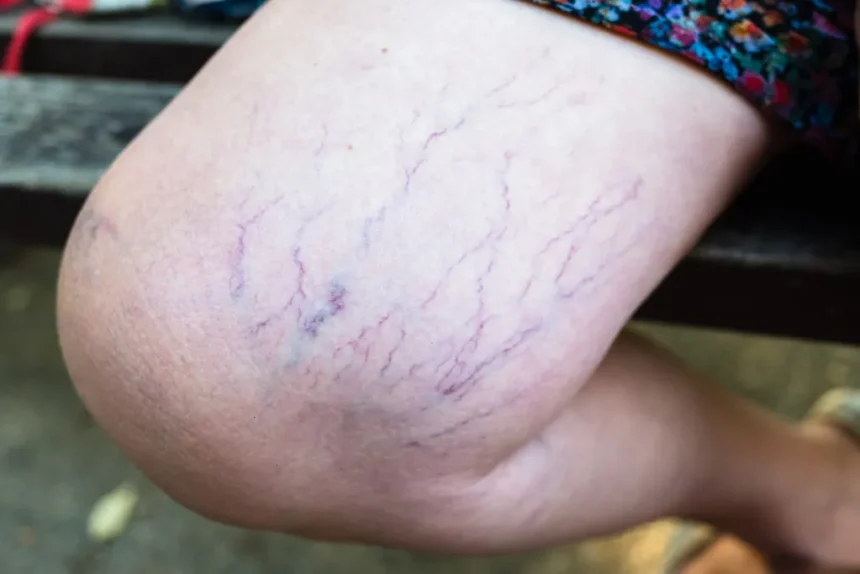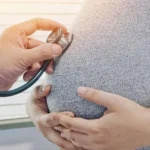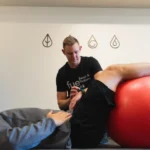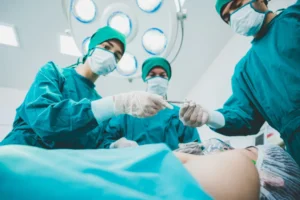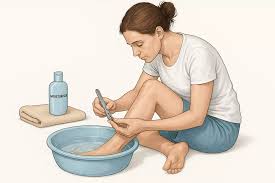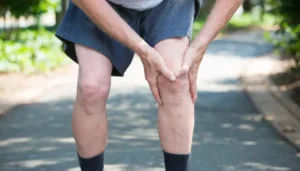Varicose veins are swollen, twisted veins that are visible just under the surface of your skin. Though often seen in the legs, they can develop in other areas. These veins appear when the small, one-way valves inside them become weak or damaged, allowing blood to pool and causing the veins to enlarge. Here are some lifestyle changes to help prevent and treat varicose veins:
Losing Weight
Carrying excess body weight increases the pressure placed on your veins, especially those in the lower half of your body. Extra strain makes it harder for blood to return to your heart from your legs. Over time, this pressure weakens vein walls and impacts how efficiently the valves function. Taking steps to reduce your weight decreases the pressure on these veins.
A balanced diet is beneficial; emphasize foods high in fiber, such as fruits, vegetables, lentils, oats, and whole grains. These choices support gradual, lasting weight reduction and ease constipation, which can put extra pressure on veins in the legs. Watching portion sizes, reducing intake of sugary or fried snacks, and preparing meals at home are also key components of a healthy eating plan.
Exercising Regularly
Exercise plays an active role in supporting healthy veins. Physical activity encourages circulation, which helps move blood that has collected in the veins back toward your heart. The calf muscles play a significant role in this process. When you move, these muscles function as a pump to propel blood through your legs. Movement encourages healthy blood flow and helps reduce the achiness and swelling that sometimes accompany varicose veins. Low-impact activities are accessible to many people and gentle on joints, and can include:
- A brisk daily walk supports circulation and engages key muscle groups.
- Swimming and cycling are both beneficial for promoting leg movement without additional stress.
- Simple stretches, such as ankle circles or calf raises, add movement breaks for those who spend long hours at a desk or standing in one place.
Using Compression Garments
Compression stockings or socks provide a practical solution for managing discomfort associated with varicose veins. These garments are designed to gently compress the legs, promoting better blood flow by assisting the vein walls and leg muscles. Graduated compression, tighter at the ankles and gradually easing toward the thighs, encourages blood to flow upward rather than pooling in the lower legs.
Compression garments are available in different strengths and styles. Some people find knee-high socks effective when they spend a lot of time on their feet at work, while others need thigh-high or pantyhose-style garments. A healthcare provider can help you choose the correct fit and compression level suited to your needs. These garments are often worn during the day, particularly when standing or sitting for extended periods. Wearing compression stockings regularly can help alleviate swelling, aching, or the sensation of heaviness.
Treat Varicose Veins Today
Lifestyle changes, such as achieving a healthy weight, increasing physical activity, and trying compression garments, are practical ways to support your vein health and ease discomfort related to varicose veins. If lifestyle changes do not provide long-term relief, specialists can recommend advanced treatments, such as sclerotherapy or laser therapy. Contact a varicose vein specialist today to learn more.


